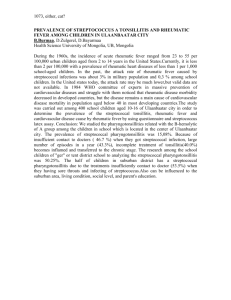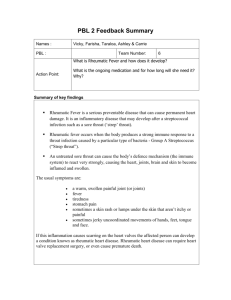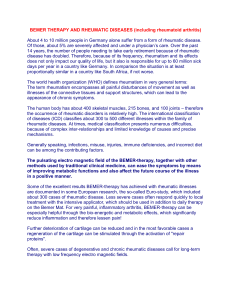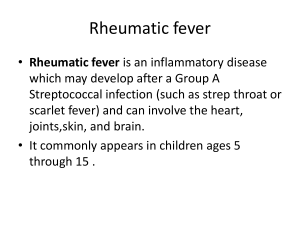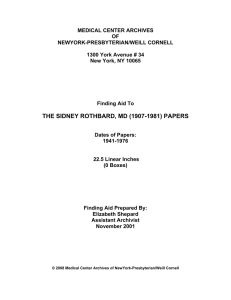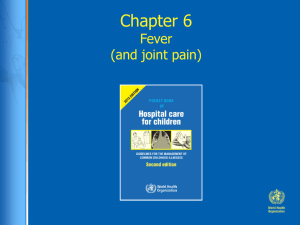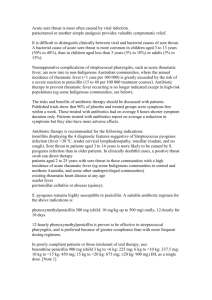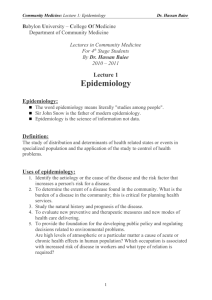rheumatic fever: an ancient disease gripping the
advertisement
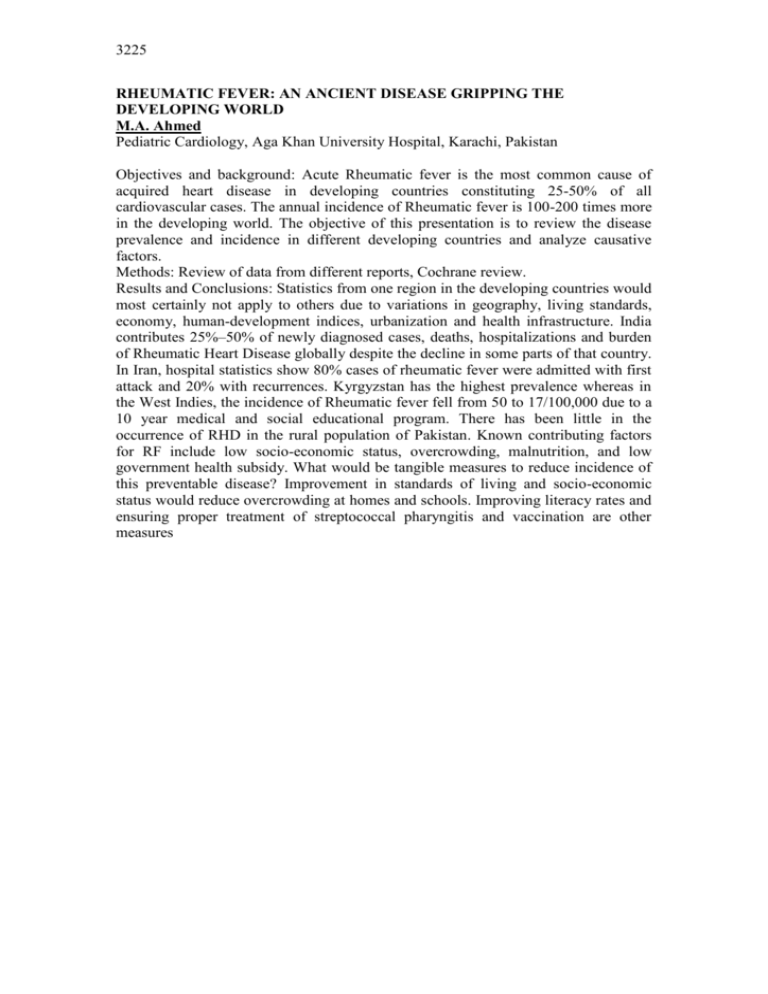
3225 RHEUMATIC FEVER: AN ANCIENT DISEASE GRIPPING THE DEVELOPING WORLD M.A. Ahmed Pediatric Cardiology, Aga Khan University Hospital, Karachi, Pakistan Objectives and background: Acute Rheumatic fever is the most common cause of acquired heart disease in developing countries constituting 25-50% of all cardiovascular cases. The annual incidence of Rheumatic fever is 100-200 times more in the developing world. The objective of this presentation is to review the disease prevalence and incidence in different developing countries and analyze causative factors. Methods: Review of data from different reports, Cochrane review. Results and Conclusions: Statistics from one region in the developing countries would most certainly not apply to others due to variations in geography, living standards, economy, human-development indices, urbanization and health infrastructure. India contributes 25%–50% of newly diagnosed cases, deaths, hospitalizations and burden of Rheumatic Heart Disease globally despite the decline in some parts of that country. In Iran, hospital statistics show 80% cases of rheumatic fever were admitted with first attack and 20% with recurrences. Kyrgyzstan has the highest prevalence whereas in the West Indies, the incidence of Rheumatic fever fell from 50 to 17/100,000 due to a 10 year medical and social educational program. There has been little in the occurrence of RHD in the rural population of Pakistan. Known contributing factors for RF include low socio-economic status, overcrowding, malnutrition, and low government health subsidy. What would be tangible measures to reduce incidence of this preventable disease? Improvement in standards of living and socio-economic status would reduce overcrowding at homes and schools. Improving literacy rates and ensuring proper treatment of streptococcal pharyngitis and vaccination are other measures


